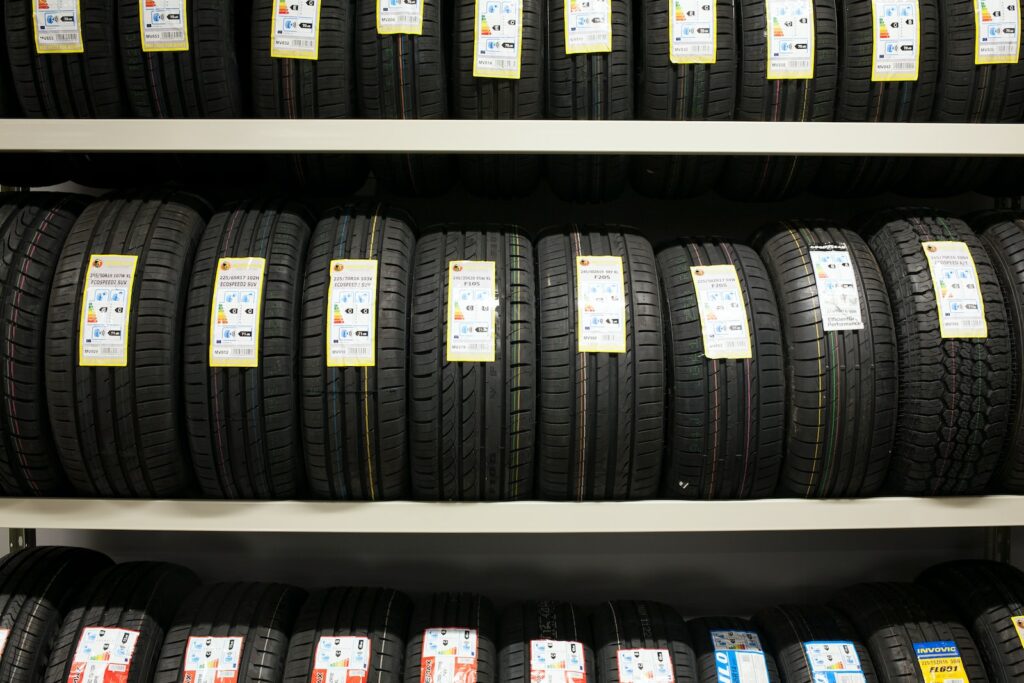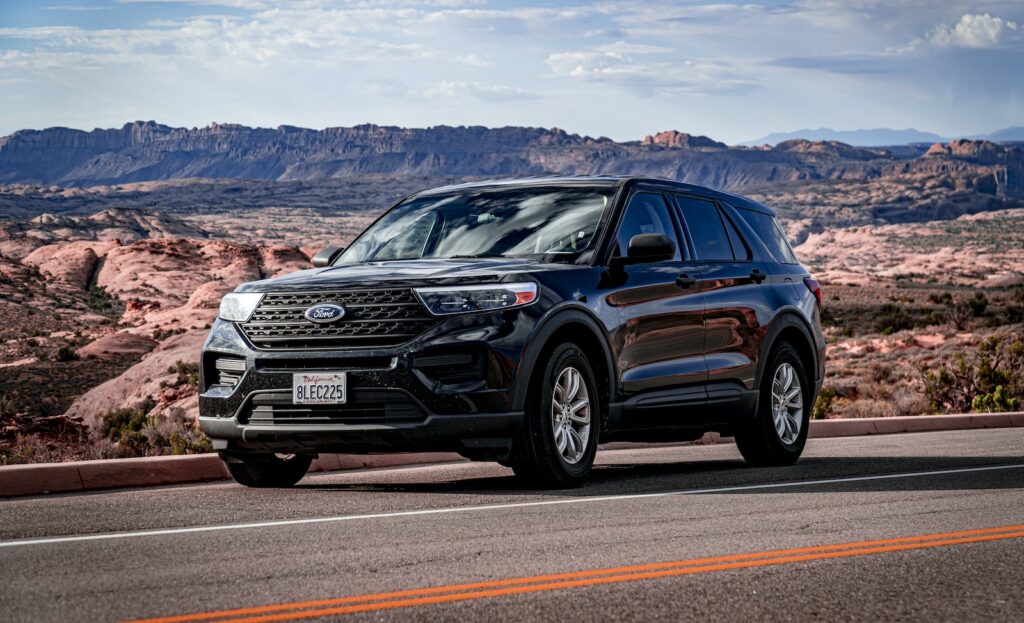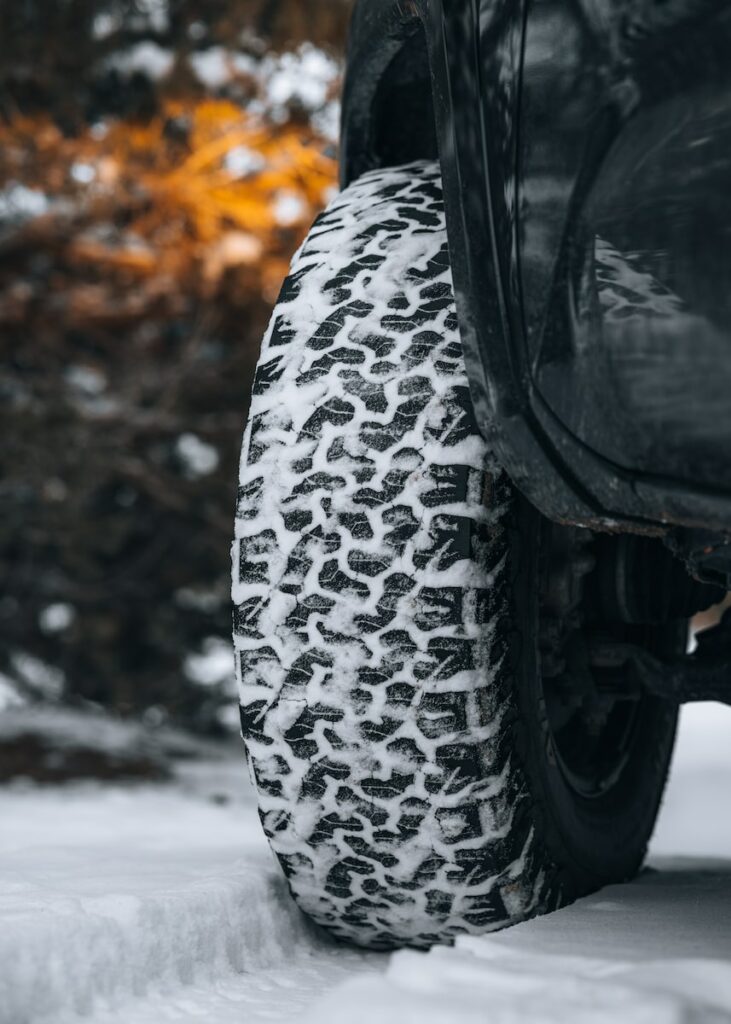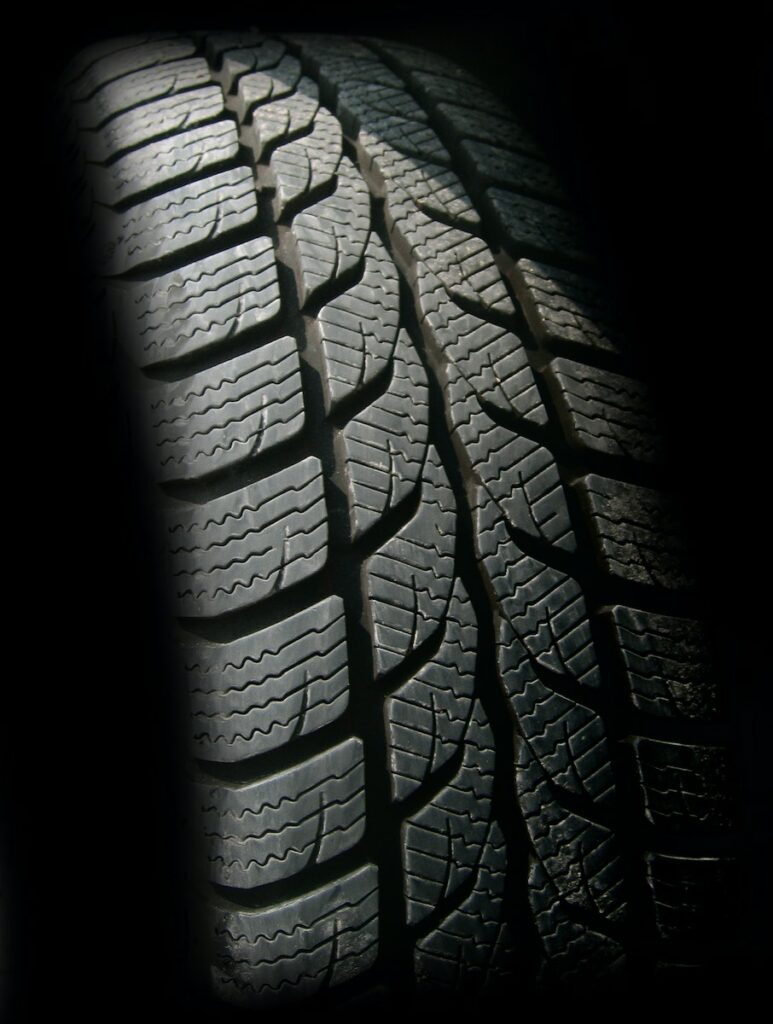When it comes to tires, not all types are created equal. While all-season tires can be a convenient option for drivers who want a tire that can handle a variety of weather conditions, they don’t provide the same level of performance as tires specifically designed for warm weather driving. This is where summer tires come in.
Summer tires, also known as performance tires, are designed to provide optimal traction, handling, and braking performance in warm weather conditions. They are made with a special rubber compound that remains flexible in warm temperatures, which helps them to grip the road better and provide better handling.
Benefits of Summer Tires
Summer tires provide several benefits over all-season tires when it comes to warm weather driving. One of the most significant benefits is improved traction. Because the rubber compound in summer tires remains flexible in warm temperatures, they are able to grip the road better and provide better traction in both dry and wet conditions. This can be especially important when driving at high speeds or when making sudden turns or braking.
Another benefit of summer tires is improved handling. The rubber compound used in summer tires is also designed to provide better handling and stability in warm weather conditions. This can make a significant difference when it comes to driving on winding roads or in heavy traffic.
Summer Tires also provide better braking performance in comparison to all-season tires. Because of the rubber compound and tread pattern, Summer tires provide better wet and dry braking performance.
Using Summer Tires
When using summer tires, it’s important to remember that they are designed specifically for warm weather conditions. That means they will perform best when temperatures are consistently above 7 degree celsius. If the temperature drops below 7 degree celsius the rubber in the tire becomes harder and loses its ability to grip the road. Also, they don’t provide the same level of performance in cold weather conditions as they do in warm weather, as the rubber will become harder and will lose its grip on the road.
Summer Tires should be used only during the warmer months of the year. It is generally recommended to switch to winter tires when the temperature consistently drops below 7 degree celsius.
Precautions
While summer tires can provide better performance in warm weather conditions, they also have their limitations. It’s important to keep in mind that they are not designed for use in cold weather conditions or on snowy or icy roads. If you expect to encounter such conditions, it’s best to switch to winter tires or all-season tires for added safety.
Also, It’s important to monitor the tread wear of your summer tires as they may wear out faster than all-season tires. It’s always recommended to inspect your tires and replace them if the tread depth is less than 4/32 inch.
Why was this invented
Summer Tires were invented as a way to provide better performance in warm weather conditions, as the rubber compound in all-season tires can become harder and lose its grip on the road when temperatures are consistently above 7 degree celsius. The goal of summer tires is to provide better traction, handling, and braking performance in warm weather conditions, making them the ideal choice for high-performance vehicles and sports cars.
Other types of tires
There are several other types of tires available on the market, including:
- Winter Tires: These tires are designed for use in cold weather and snowy or icy conditions. They are made with a rubber compound that remains flexible in cold temperatures, which helps them to grip the road better in winter conditions.
- All-Season Tires: These tires are designed to provide a balance of performance in both warm and cold weather conditions. They are a good option for drivers who want a tire that can handle a variety of weather conditions, but they don’t provide the same level of performance as tires specifically designed for warm or cold weather driving.
- Off-Road Tires: These tires are designed for use on rough terrain, such as dirt, gravel, and mud. They have a more aggressive tread pattern and larger lugs that provide better traction in off-road conditions.
- Run-Flat Tires: These tires are designed to be driven on even when they have been punctured, providing the driver with the ability to safely drive to a repair location without having to change the tire.
- High-Performance Tires: These tires are designed to provide optimal traction, handling, and braking performance in high-performance vehicles and sports cars. They are made with a special rubber compound that remains flexible in warm temperatures, which helps them to grip the road better and provide better handling.
In conclusion
Summer Tires are designed specifically for warm weather driving and provide improved traction, handling, and braking performance. They can make a significant difference in driving experience in hot temperatures, however, it’s important to remember that they are not suitable for cold weather conditions and should be used only during the warmer months of the year. It’s also recommended to monitor the tread wear, and swap them out with winter tires or all-season tires for added safety when it starts getting colder.




